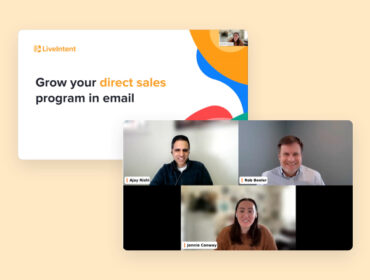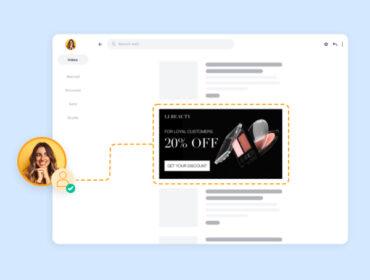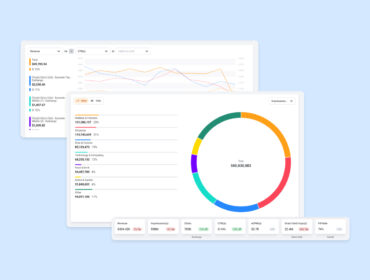Native ads in email: Everything you need to know
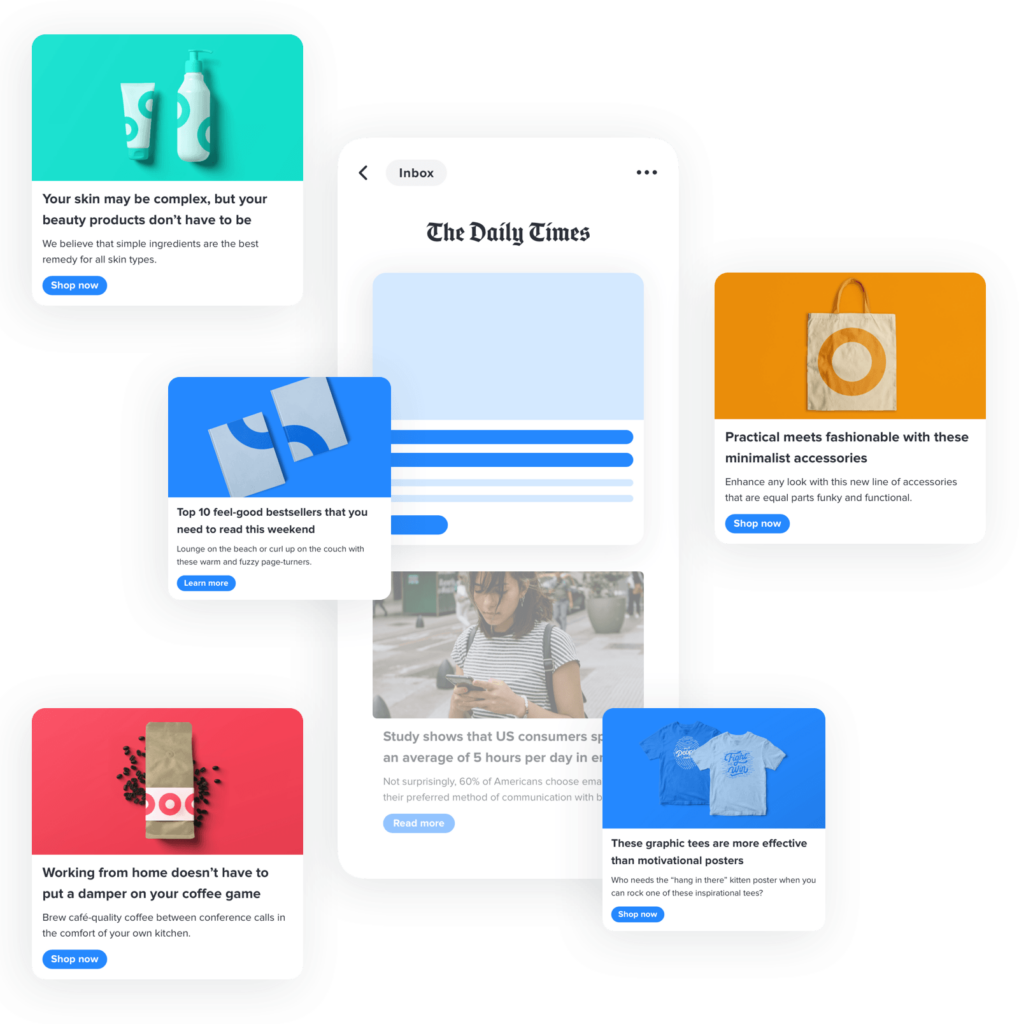
Native ads have boomed in recent years. This is unsurprising as they increase purchase intent by 18% and generate 9% higher brand affinity than banner ads. With recent tech advancements, publishers can leverage the format in email, expanding premium ad experiences beyond web and in-app properties.
In this blog post we’ll dive deep into native ads in email. Before we dive into the particulars, however, let’s first learn more about native ads and advertising. Let’s take a look.
What is native advertising?
Native advertising is the practice of using paid ads to promote a brand, product, or service with ad units that match their environment or surroundings. They can be used on a web page, email newsletter, or in-app property. These units are similar to an advertorial but come in a variety of formats. The three main types of formats are branded content, in-feed native ads, and content recommendation native ads.
Branded content ads:
Publishers will partner with an advertiser to create a unique piece of content on behalf of their brand, retaining the publication’s unique voice and tone. Then, the publisher hosts and distributes the content on its website, apps, and email newsletters. These native ads mimic the look and feel of the content the publisher normally creates.
In-feed ads:
This ad format appears within a stream of content. Those content streams include:
- Article feeds: Usually found on content sites or news aggregators.
- Product feeds: Typically found on a retailer, product, or service sites like Amazon or Best Buy.
- Social media feeds: These mimic the look and feel of the environment or platform.
Content-recommendation ads:
This format appears alongside other sponsored or editorial content. You can find them at the bottom of a page or along the side.
Now that you have a grasp on what native ads are and the different types, let’s examine why you might want to use them and how.
Why use native advertising?
Native advertising is growing. In fact, the projected native display ad spend is $87.6 billion for 2022. So, why all the hype and investment in this creative format?
Native advertising provides both publishers and advertisers with a unique opportunity. With native ads, publishers can monetize their content while maintaining their brand’s look and feel, be it on their website, app, or in email newsletters. Further, this format creates a better user experience for the shopper or reader, as the advertisements are less pronounced and don’t disrupt the browsing or shopping experience.
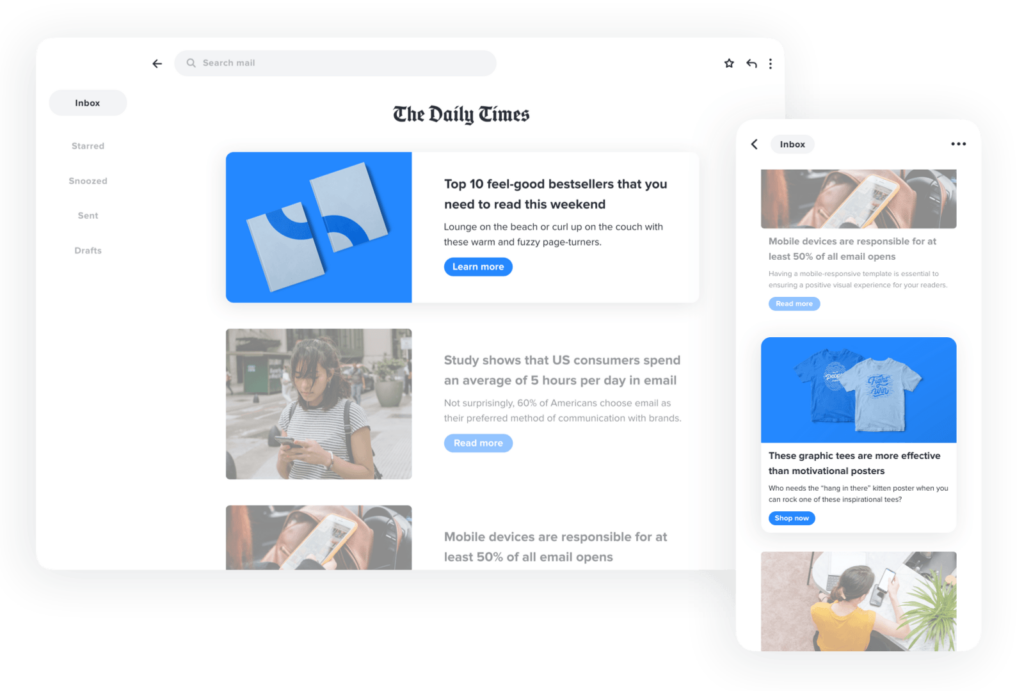
Whether they’re native ads in email, web, or in-app properties, these units appeal to advertisers for similar reasons. A user is more likely to engage with since it more seamlessly integrates with the surrounding content than other ad formats.
Now, that may sound counterintuitive, but it’s true. An unfortunate response to advertising is the development of banner blindness, a conscious or unconscious response by the user to ignore banner-like content or information. Native ads help alleviate banner blindness with a less pronounced and interruptive advertising experience.
Guidelines for using native ads
Let’s be clear; although native ads create a more seamless, less interruptive digital ad experience, they do not deceive shoppers and readers into clicking ads. The IAB has implemented guidelines and parameters to ensure that native ads uphold user trust and advertiser and publisher integrity. Regardless of the context, a consumer should be able to distinguish between what is paid advertising and what is publisher editorial content.
Why use native ads in email newsletters
Email is the perfect channel for cultivating direct, one-to-one relationships with consumers. Think about it: Newsletters are opt-in, interest-based content that arrive right to your inbox. Furthermore, they lack user-created content, like social platforms for instance, making them less noisy. Of course, we’d be remiss not to mention that most people use email — 4.1 billion, in fact. Scale like this, amongst a captive audience, is hard to come by. Publishers and advertisers alike can benefit from using native in email. Let’s explore how.
Leveraging native ads in email
Until recently, native ads were limited to web, social, and in-app properties. However, innovative solutions have enabled publishers and advertisers to leverage native ads in email newsletters.
LiveIntent’s Native Ad Blueprints enables sellers of newsletter ad inventory to activate native placements easily with a one-time tag placement. Once implemented, Native Ad Blueprints eliminates the need for manual HTML coding, saving teams hours of work.
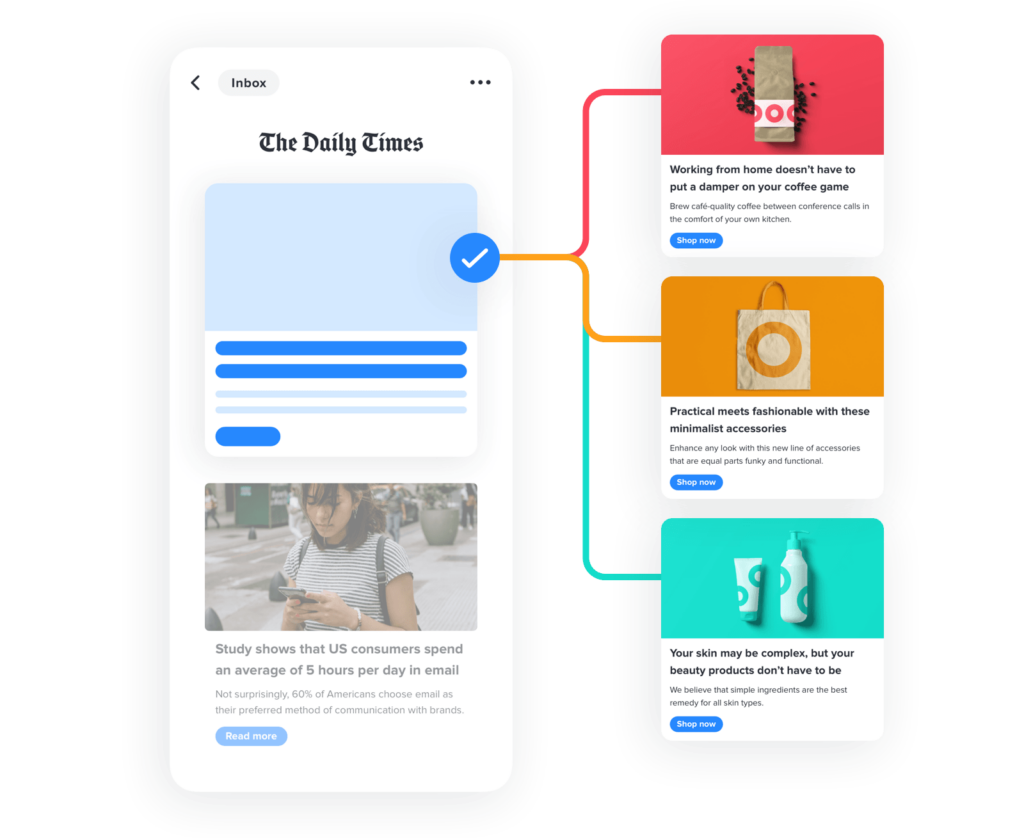
How publishers can use native in email
By placing native ads in their email newsletters, publishers can:
- Increase revenue. Native ads are premium formats. They garner 53% more engagement than display ads. With these ad units in their media kit, publishers can evolve their monetization strategy, charge higher CPMs, and drive additional revenue while expanding their ad inventory.
- Maintain brand identity. Publishers don’t have to pick and choose between monetization and maintaining their brand identity. By using native ads in email, publishers can preserve the look and feel of their newsletter while driving revenue.
- Improve targeting. Solutions like Native Ad Blueprints, enables publishers to deliver relevant ads to individual readers without segmenting their subscriber or email list. This saves time and effort, and provides a truly dynamic and personalized experience for readers.
- Market products and services. For example, a publication may choose to advertise their financial app or newsletter to audiences they’ve identified as interested in financial content.
Publisher considerations
Before activating native ads in your email newsletter, it’s important to consider the newsletter design and layout . Defining your newsletter’s look and feel first enables you to then decide how to approach your native ad units’ styling. The ad units themselves also have their own particularities, like required and recommended elements, that require your consideration as well.
Our partner, Sandow, leveraged LiveIntent’s Native Ad Blueprints solution to:
- Promote sponsored content in its newsletter
- Manage inventory more effectively
- Alleviate operational friction
Exploring new monetization channels can be daunting, but it doesn’t have to be. Sit down with other key stakeholders, assess your company’s goals and concerns, and talk to your prospective email monetization partners. The right email monetization strategy and approach might only be a conversation away.
How advertisers can use native in email
Advertisers can use native ads in email newsletters to:
- Drive brand awareness. Advertisers looking to fill the top of their funnel and educate audiences on their products and offerings can benefit from native ads and a strong landing page.
- Increase engagement. Native ads are known for their high engagement rates. By using this ad format, advertisers can.
- Deliver messaging in relevant contexts. Advertisers can use native ads in email to reach their consumers alongside relevant content. And why wouldn’t you want to reach your audiences when your products (and their needs) are likely more top of mind?
- Eliminate noise. Unlike other channels, like social media, email and email newsletters are less noisy since they lack user generated content. This helps advertiser content and messaging to more easily reach and engage users.
Learn more
We hope you found this explainer interesting and are ready to get started with native ads in email newsletters. To learn more about how native ads can help you drive business success check out our case studies.
